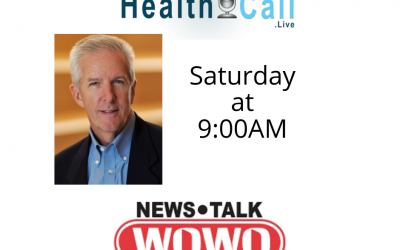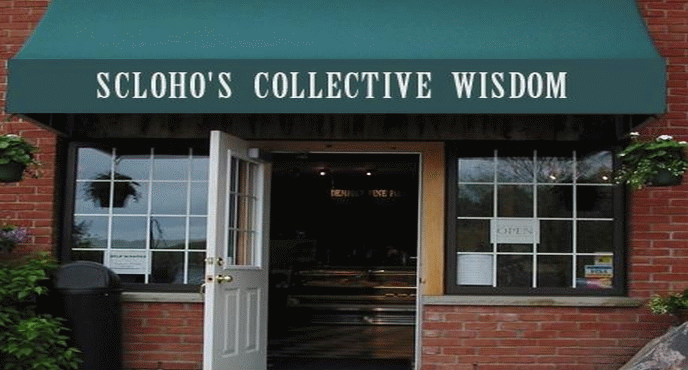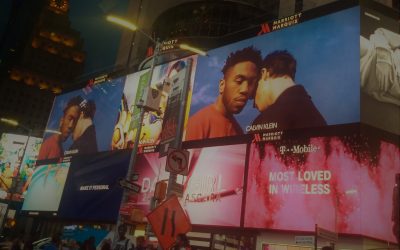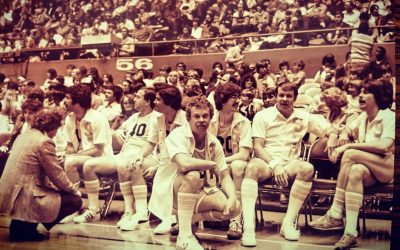Sometimes business people want a proposal from me before we even talk about what they need or want. That's like going to a doctor and sayin, "Just give me some pills, the kind that everyone else is buying". That is more than ridiculous, it is stupid and...
ScLoHo’s Collective Wisdom
Why We Don’t Have Phone Books Anymore
I could have titled this: Dead Advertising Mediums. Read this from Roy H. Williams: Google is the new phone book. Like the Yellow Pages of yesterday, it is the principal resource for buyers who are currently, consciously in the market for a product or...
Target Your Mass Media Message
I'm going to keep it short this time as I continue my insight on Roy Williams Advertising Oversimplified.Points 4 and 5:Choose Who to Lose. Correctly-written ad copy will filter out the customers you don’t want and attract the customers you do...
The Mass Media Myth
Continuing my series based on Roy Williams article about Advertising Oversimplified with my thoughts on points 2 and 3...Roy talks about Mass Media and targeting your advertising message:They call it “mass media” for a reason: it reaches the...
Focus on Your Future
Do you determine your future by only looking at your past? Or do you use your past merely as a benchmark, but it is not really going to limit your future? We are going to get personal today so join me and be honest with yourself. Today, I'm digging into my...
Advertising Oversimplified by Roy H. Williams
This is the first of a series of articles and podcasts that we're going to do based on an email from Roy H. Williams Roy is the Wizard of Ads and lives in Texas. A good 15 years ago I was introduced to him via his Wizard of Ad books and I have been a...
Boomers Still Have The Money
Last month when my wife and I were on vacation, the publication Mediapost shared a story that I was living at the moment.My wife and I are Baby Boomers.Our kids are Millennials.The business world, or more specifically the advertising world, is focused on...
What Does Reach Mean in Advertising and Marketing?
If I were to ask a dozen people what REACH means, I am sure I would get at least 4 or 5 different answers, all depending on each persons life experience.You take the basketball player and they know that reach is important in being able to grab a loose ball...
Ad Fraud is Real
…his team did an analysis looking back to 2001 and said “the number is actually worse” — noting that prime-time television ratings have declined 78% while ad rates have increased 180%.









